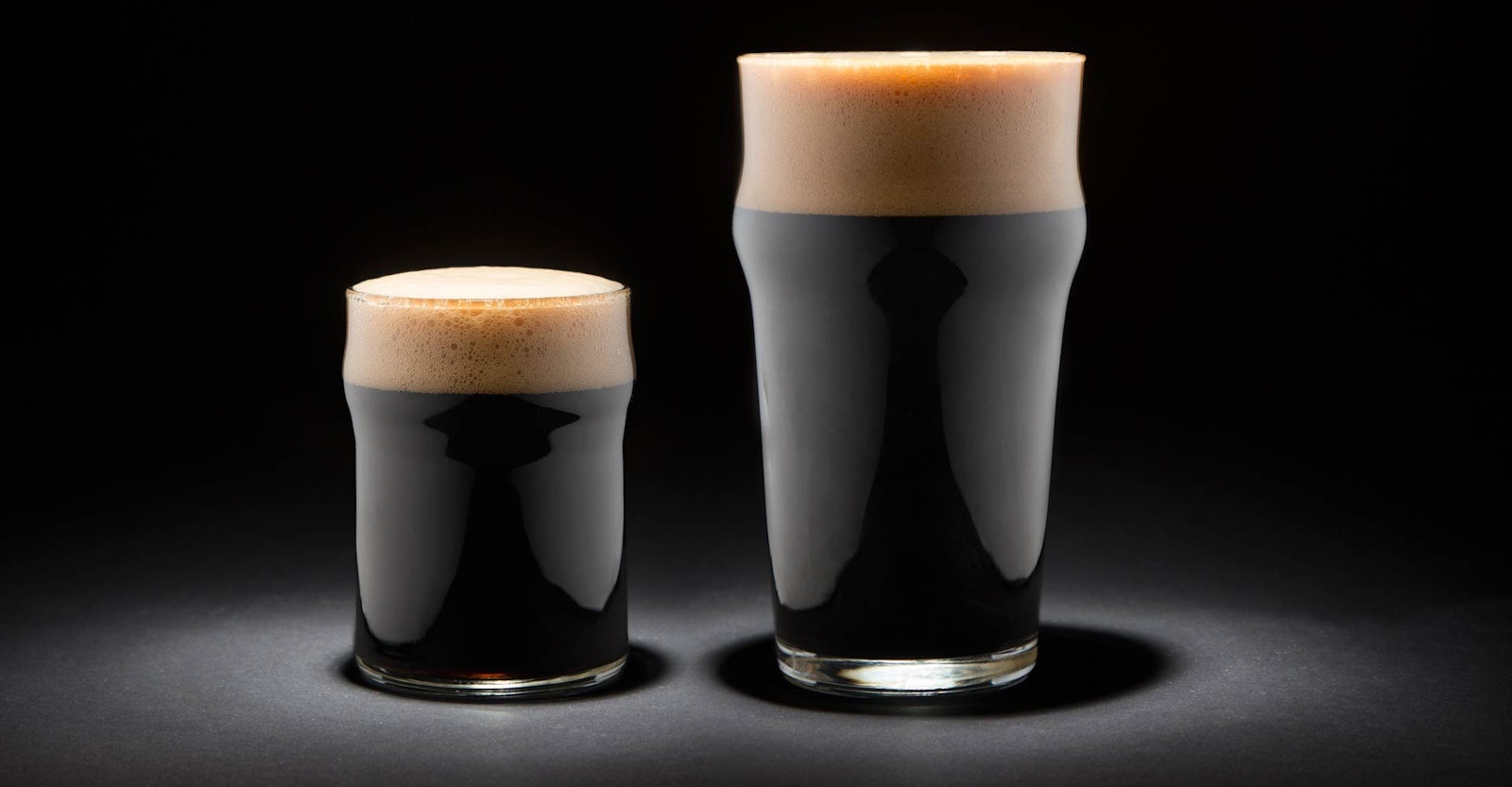If you’re a craft-beer fan, it’s hard not to see the appeal of session-strength beers: lower ABV means that you get to enjoy full pours of several beers with a much more manageable impact. But … they’re session beers. And that means they’re weak, and lacking in flavor, and watery, and dilute—right? Wrong. Alcohol level doesn’t dictate flavor level, even though we’ve seen those two features move together in the recent history of beer and brewing. The trend toward lower ABV without sacrificing quality or flavor is a positive in many ways, for brewers and drinkers alike, and stouts are exceptionally well positioned to take advantage of that trend. They showcase a wide range of malt, hops, and fermentation characters and are easily among the most impactful beers in the craft-beer world. With just a bit of tweaking, we can produce a range of session stouts—not just that one that already, well, is a session stout—that preserve the complexity and interest of their full-strength cousins while taking it a bit easier on your liver.
“Session” and Stouts
If you put a bunch of session-beer enthusiasts in a room together and asked them to define the term “session beer,” you’d likely end up with a not-nearly-as-tipsy bar fight over it. Author and session-beer advocate Lew Bryson lays out some good, basic criteria for us to work from, though: “Session beer” is generally described as a beer that lands at or below 4.5 percent ABV, exhibits balance (in other words, you should be able to drink a full pint … and another, without excessive palate burn-out), and is flavorful. “Session” is not synonymous with “weak.” And while these guidelines are fairly subjective, they lay out an approach to beer that serves a clear goal: a great session beer should taste great and both encourage and allow you to have another.
There are few families of beers that set up as well as stouts do for “sessioning.” First, within that family of beers we already have one that fits the definition: Irish Stout (or Dry Stout) typically clocks in at about 3.5 percent ABV and certainly ticks the boxes on flavor and “have-anotherability.” Beyond that, though, the rest of the stout family (think Tropical Stout, Export Stout, and even Imperial Stout) is easily converted to session strength. They make liberal use of specialty grains, which means it’s fairly easy to give them a “big” mouthfeel even with less alcohol. The ingredients that make the biggest contribution to their flavor profile are very much in the “a little goes a long way” category, so we can get big flavors without high ABV.

